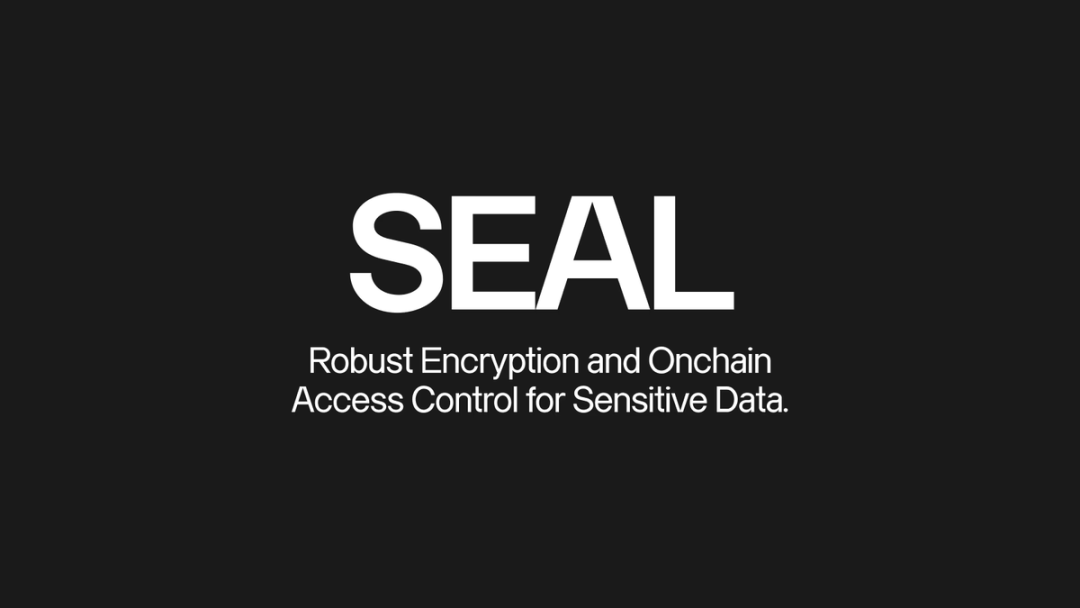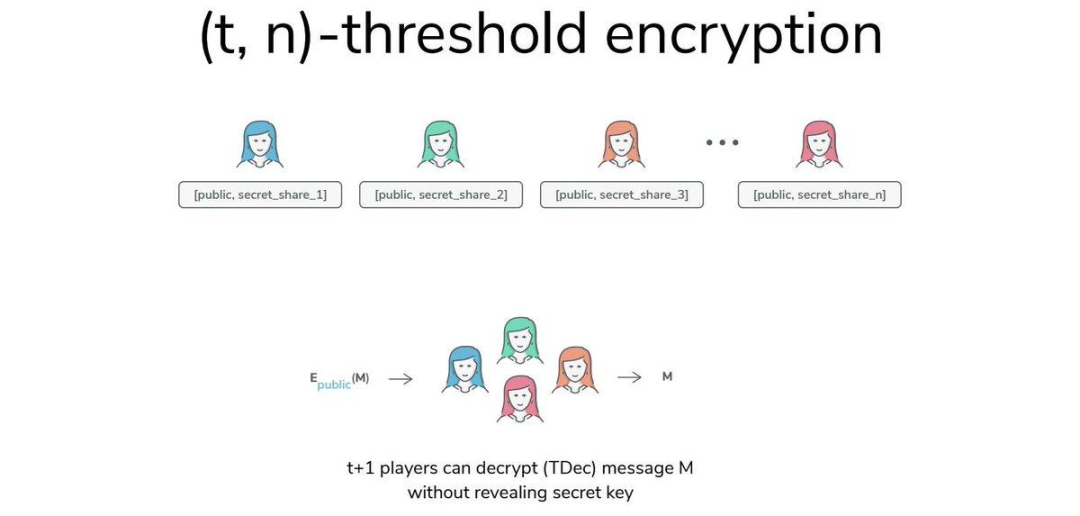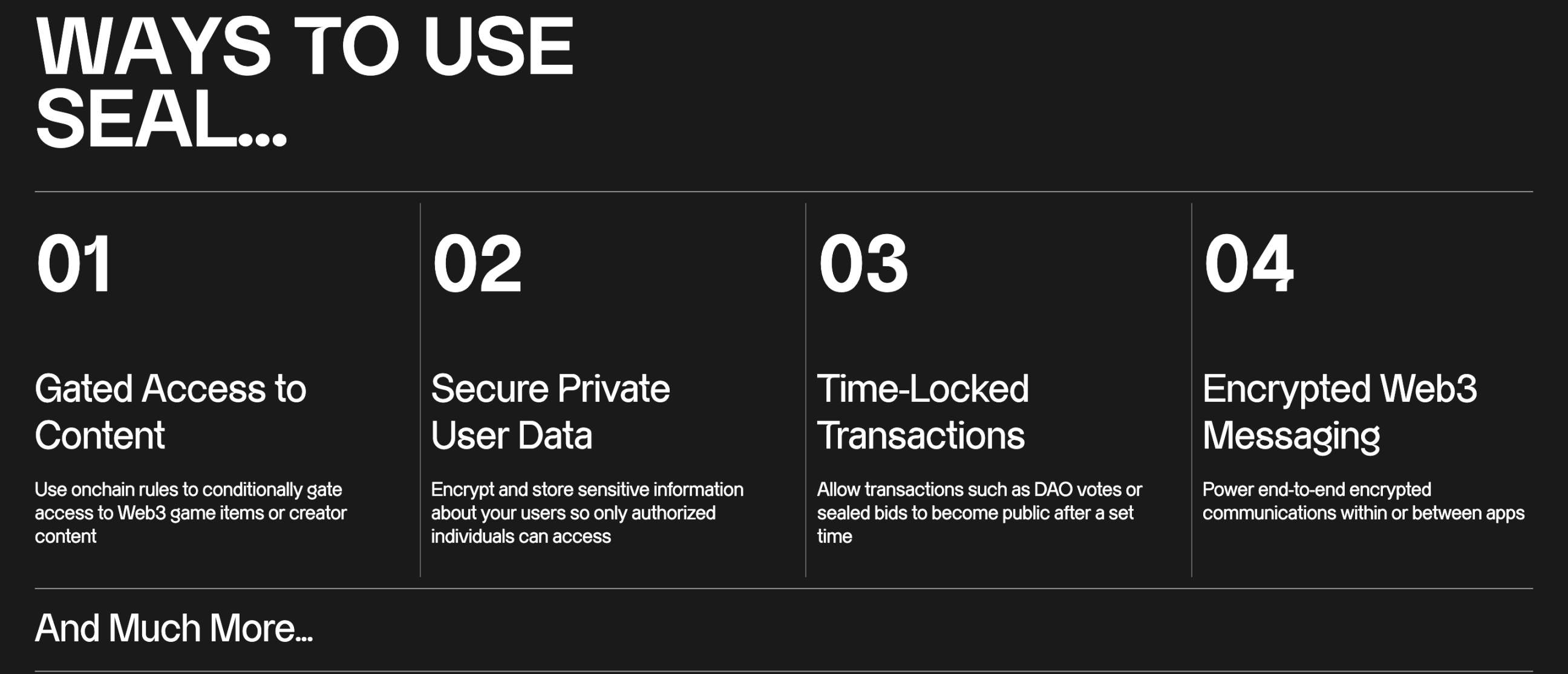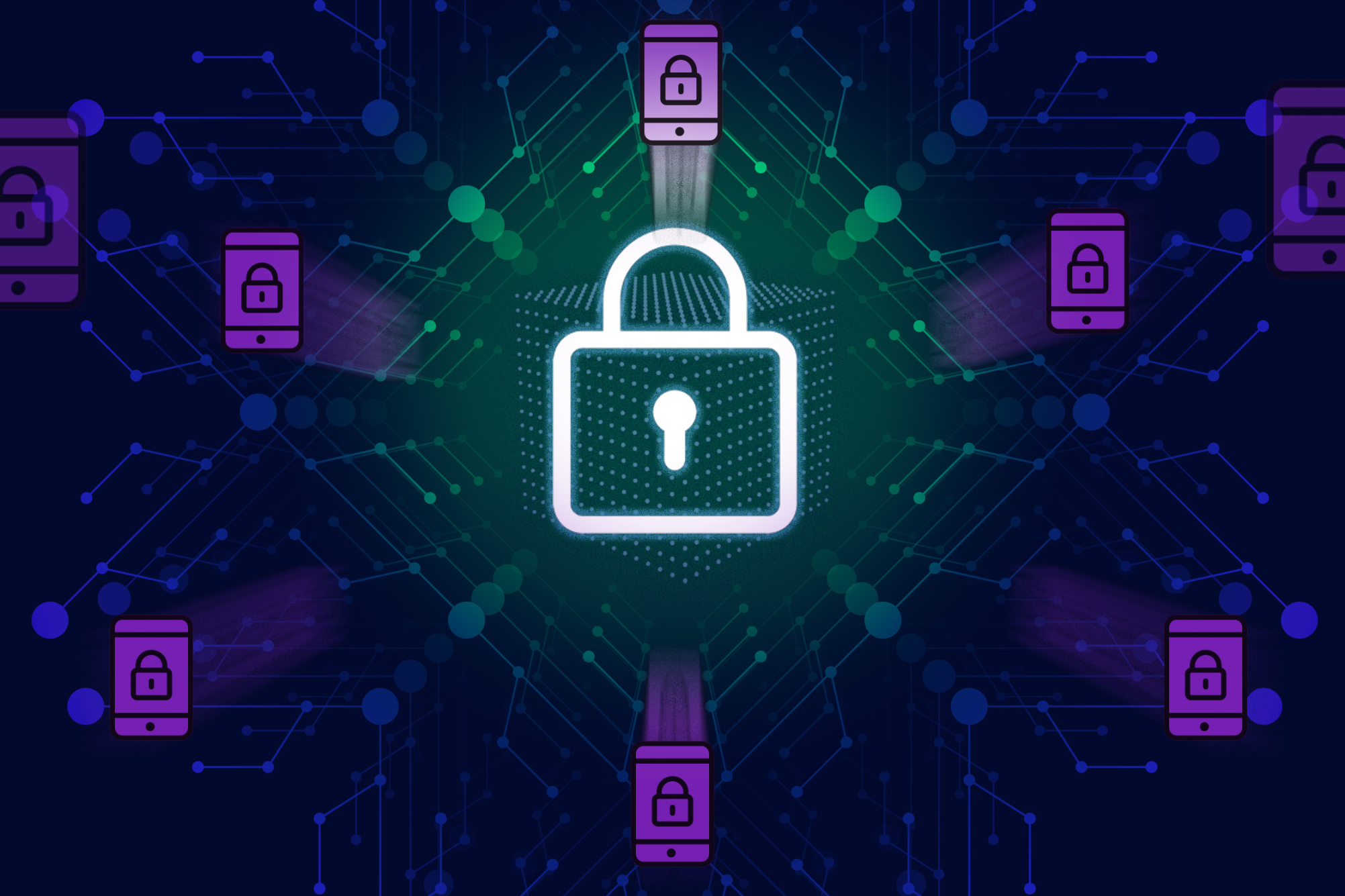Author: Alex Liu, Foresight News
As the Web3 ecosystem continues to mature, issues such as privacy protection, access control, and key management are becoming increasingly prominent. On April 5, Mysten Labs launched a brand new decentralized key management solution—SEAL—on the Sui Testnet. Below, we will provide a detailed introduction to SEAL from multiple dimensions, including technical architecture, application scenarios, developer experience, and future prospects.

Background
In the traditional Web2 era, data encryption and access control often relied on centralized key management services (KMS), such as AWS KMS or GCP Cloud KMS. However, these solutions fail to meet the Web3 ecosystem's requirements for decentralization, transparency, and user autonomy.
To address this pain point, Mysten Labs introduced SEAL, aiming to achieve secure encryption and access control of data in a decentralized manner, helping developers avoid reliance on a single trusted party while building decentralized applications (DApps), thus enabling more flexible and secure data protection.
The emergence of SEAL addresses the limitations of traditional solutions, which often rely on centralized services or have a single-use case when it comes to protecting vast amounts of data on the blockchain. With SEAL, developers can implement data encryption and access management across storage systems and application scenarios without sacrificing security and performance, providing a universal and efficient security solution for Web3 applications.
Technical Architecture
SEAL employs a multi-layered technical solution to ensure that the data encryption process is secure and efficient, primarily consisting of the following key components:
On-chain Access Control
SEAL utilizes Move smart contracts on the Sui blockchain to implement access control. Developers can define access policies within the smart contracts to finely control who can access the decryption keys and under what conditions access is allowed. This on-chain rule-based approach ensures transparency, making the permission verification process immutable, thereby enhancing data security.
Threshold Encryption
In traditional single-point trust key management methods, centralized key storage can easily become a target for attacks. SEAL adopts threshold encryption technology, distributing the decryption keys across multiple independent backend services. Only when a preset minimum number of keys (e.g., t-out-of-n model) is reached can the complete key be restored. This mechanism effectively disperses risk, ensuring that even if some key servers are attacked, the overall data remains secure.

Client-side Encryption
SEAL emphasizes that data encryption and decryption operations occur on the client side, meaning users complete the encryption process locally. As a result, even if SEAL's servers or intermediary nodes are compromised, plaintext data cannot be obtained, further enhancing the system's privacy protection capabilities.
Storage Independence
Unlike some solutions that can only encrypt specific storage systems, SEAL is storage-independent. Whether based on the Sui chain's decentralized storage Walrus or other on-chain or off-chain storage systems, SEAL can provide compatible encryption solutions. This flexibility allows developers to choose the most suitable storage solution based on project needs without worrying about compatibility issues with the encryption mechanism.
Application Scenarios

The flexible and diverse application scenarios of SEAL also demonstrate its broad practical value. Here are a few typical application cases:
Content Payment and Access Control
In the current digital content distribution field, more and more creators wish to implement paid reading or subscription models through encrypted content. Using SEAL, creators can encrypt high-quality content, allowing only users who hold specific NFTs or pay subscription fees to decrypt and view it. This model is similar to an on-chain version of Patreon or Substack, protecting content copyright while enabling precise user payment access.
Private Messaging and Data Transmission
In decentralized chat and social applications, user privacy protection is particularly important. SEAL supports end-to-end encrypted message transmission, ensuring that even on public chains, the message content can only be read by the communicating parties. Developers can use SEAL to build secure and reliable decentralized instant messaging applications, addressing privacy leakage risks in traditional social platforms.
NFT Transfer and Time-Locked Transactions
As an important asset on the blockchain, the security of NFT transfer processes is also a major concern. SEAL can be applied to time-lock encryption for NFTs, setting the transfer or unlocking of NFT ownership to occur only within a specific time window. This method is suitable for closed auctions and provides technical support for DAO voting and other decision-making processes.
Storage of User Sensitive Information

In fields such as healthcare and identity verification, users' sensitive data needs strict protection. SEAL can encrypt data stored in Walrus or other storage systems and ensure that only authorized users can view it through on-chain access control, providing a decentralized and efficient solution for data privacy protection.
Developer Experience
SEAL is technically innovative while providing developers with a complete SDK and toolchain, reducing the difficulty of integration and deployment. Through the SEAL SDK, developers can call interfaces for encryption, decryption, and key management without needing to deeply understand the underlying complex cryptographic principles. Although there are currently no established ecosystem projects, the official documentation and a sample app provide detailed guidance for developers, helping them quickly build and debug applications in the testnet environment.
Additionally, the beta version of SEAL is now open on the Sui Testnet, allowing developers to conduct various scenario tests in this environment and submit feedback to Mysten Labs for continuous improvement of features in future versions. The developer-friendly and easy-to-integrate characteristics make SEAL a preferred tool for Web3 developers.
Future Prospects
Although SEAL currently possesses mature foundational features, Mysten Labs has not stopped there. Future development directions for SEAL may include:
- Multi-Party Computation (MPC): By introducing MPC technology, achieving more distributed decryption operations, making the key management process more secure and reliable.
- Server-side Encryption: In certain specific scenarios, to meet the needs of lightweight front-end applications, future support for server-side decryption solutions may be provided, offering developers more flexible choices.
- Digital Rights Management (DRM): Drawing on experiences from the traditional media industry, developing DRM technologies similar to those used by platforms like Netflix and YouTube, protecting digital content copyrights while ensuring user-side security.
The addition of these features will further expand SEAL's application boundaries, making it not only limited to data encryption and decryption but also a comprehensive decentralized data security platform, providing solid security guarantees for the entire Web3 ecosystem.
免责声明:本文章仅代表作者个人观点,不代表本平台的立场和观点。本文章仅供信息分享,不构成对任何人的任何投资建议。用户与作者之间的任何争议,与本平台无关。如网页中刊载的文章或图片涉及侵权,请提供相关的权利证明和身份证明发送邮件到support@aicoin.com,本平台相关工作人员将会进行核查。




